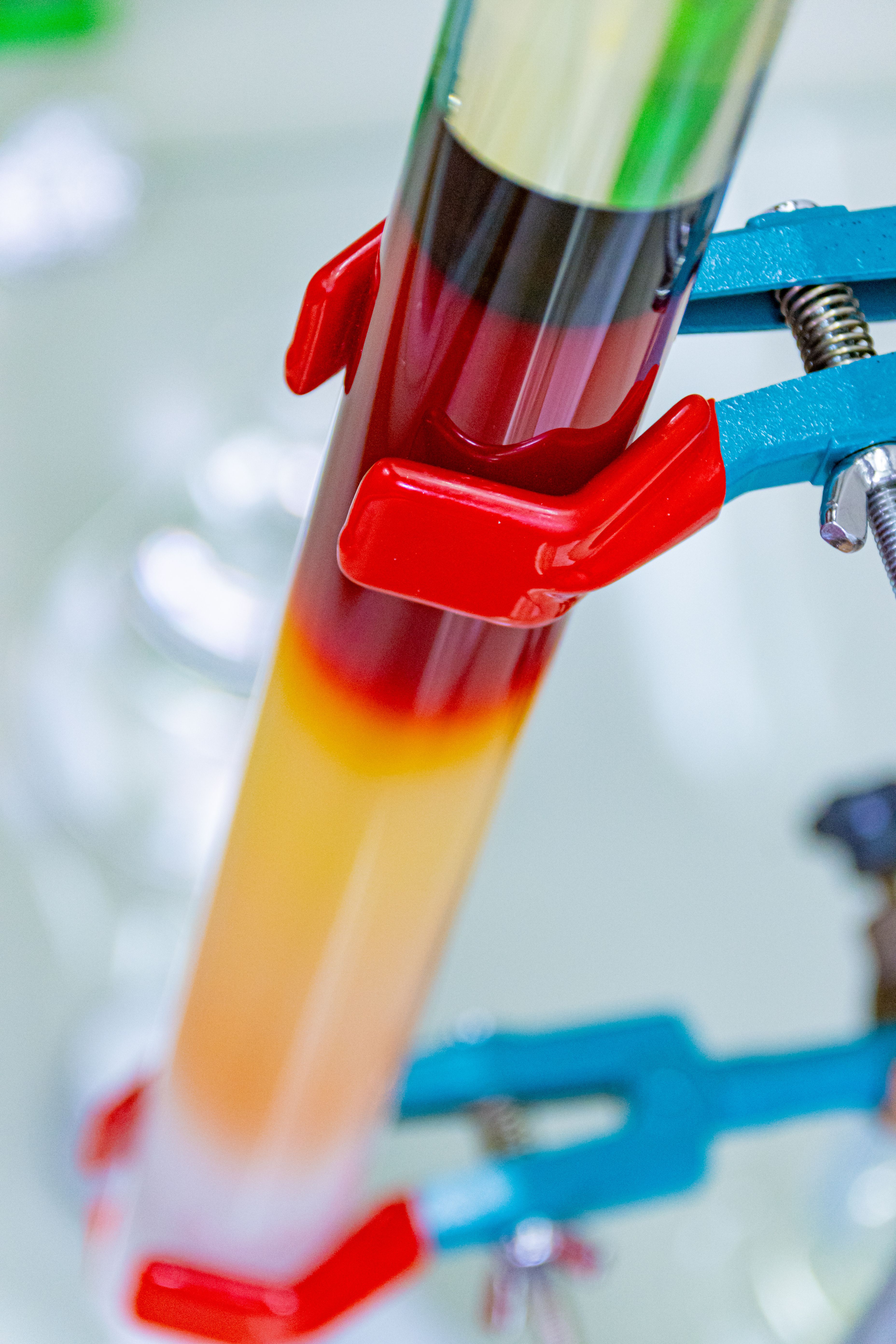Advances in Peak Width Analysis for Liquid Chromatography Techniques
A researcher has derived an expression for peak width in liquid chromatography with exponential retention and linear program preceded by an isocratic hold, providing valuable insights for enhancing chromatographic separations.
New research expands upon the existing knowledge considering the peak width expression for liquid chromatography (LC) with exponential retention and linear program techniques in conjunction with an initial isocratic hold. By incorporating the balanced hold, a special case within this framework, the study provides valuable insights into the chromatographic separation process.
Column chromatography | Image Credit: © Alen - stock.adobe.com

Peak width characteristics in liquid chromatography using exponential retention and linear program techniques, preceded by an isocratic hold refer to the analysis of how the width of peaks representing separated components in a chromatogram changes under specific chromatographic conditions. Exponential retention implies that the rate at which solutes are retained on the stationary phase varies exponentially with changes in solvent composition. Linear program techniques involve systematically changing the solvent composition over time during the chromatographic run. The isocratic hold refers to the initial stage of the run where the solvent composition remains constant before the linear program begins. Studying the peak width characteristics in this context allows researchers to understand and optimize the separation efficiency, resolution, and selectivity of liquid chromatography methods, leading to improved analytical performance in various applications.
The derived peak width equation offers a deeper understanding of the factors influencing peak broadening during gradient elution LC with exponential solute retention. Comparisons with published results further validate the proposed model and highlight its potential advantages in achieving higher resolution and improved separation efficiency.
This research holds promise for enhancing liquid chromatography methods, particularly in applications that require precise separation and analysis of complex mixtures. By refining peak width calculations and exploring the impact of initial isocratic holds, scientists and analysts can optimize chromatographic parameters, leading to more accurate and efficient separations in various fields, including pharmaceuticals, environmental monitoring, and food safety.
The work presented by Leonid M. Blumberg, which was published in the Journal of Chromatography A sheds light on the peak width characteristics in liquid chromatography using exponential retention and linear program techniques (1). The findings contribute to the ongoing advancements in chromatographic analysis and have the potential to benefit a wide range of industries reliant on precise and reliable separation methodologies.
Reference
(1) Blumberg, L. M. Peak width in liquid chromatography with exponential retention and linear program preceded by isocratic hold. J. Chromatogr. A 2023, 1699, 464019. DOI: https://doi.org/10.1016/j.chroma.2023.464019
Polysorbate Quantification and Degradation Analysis via LC and Charged Aerosol Detection
April 9th 2025Scientists from ThermoFisher Scientific published a review article in the Journal of Chromatography A that provided an overview of HPLC analysis using charged aerosol detection can help with polysorbate quantification.
Removing Double-Stranded RNA Impurities Using Chromatography
April 8th 2025Researchers from Agency for Science, Technology and Research in Singapore recently published a review article exploring how chromatography can be used to remove double-stranded RNA impurities during mRNA therapeutics production.







